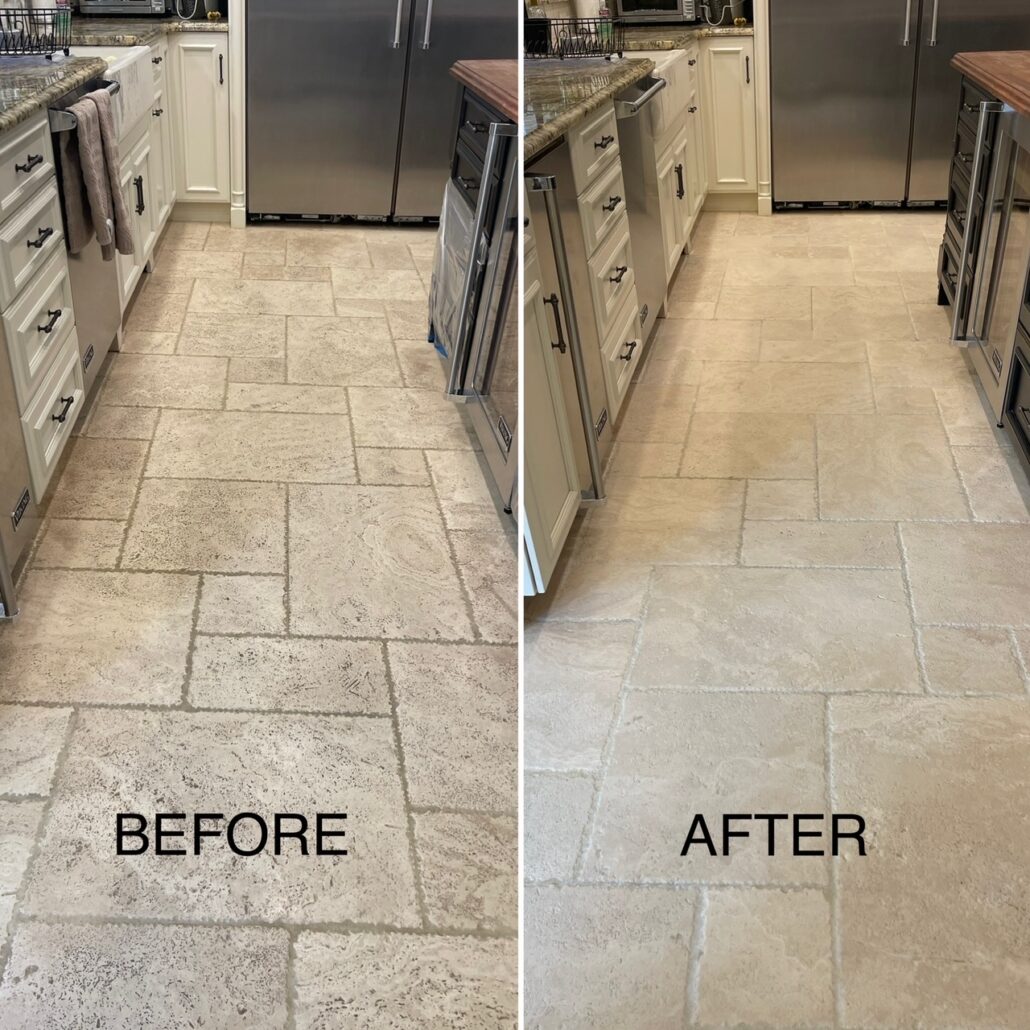Stones has fascinated mankind for ages, acting as a foundation for our buildings, art, and heritage. As time advances, the deterioration on the stone surfaces can degrade their aesthetic appeal and structural integrity. This is where the expertise of conservation experts comes into focus. These highly skilled professionals not only bring back the luster of stone but also aid in protecting cultural histories and design importance.
In the following article, we investigate the realm of stonework restoration through the perspectives of renowned specialists who have devoted their professions to this intricate craft. We will delve into important details on the best ways to kick off your home restoration journey, highlight typical errors to steer clear of, and emphasize the value of upkeeping stone surfaces to preserve their enduring beauty. If you are looking to refurbish a beloved family heirloom or improve the grace of your house, comprehending the subtleties of stone conservation is crucial in choosing wisely.
Crucial Tips for Rock Repair
As you consider stone restoration, the first step is to assess the state of the rock areas. Look for signs of damage, such as cracks, blemishes, or fading. Determining the kind of stone is crucial since different materials require particular restoration techniques. Make https://hoff-mullen.mdwrite.net/restoring-stones-essential-instruments-and-methods of any problem areas so that you can tackle them appropriately during the repair process.
Next, it is crucial to choose the right cleaning method. Steer clear of harsh chemicals that can harm the stone. Instead, opt for pH-neutral cleaners specifically designed for stone areas. For general cleaning, a blend of water and gentle detergent can be effective. Always test a hidden area initially to ensure that it does not bring about any negative effects. This precaution will help maintain the integrity of the stone while getting a new look.
Lastly, once the stone is cleaned and restored, maintaining it is essential to extend its longevity. Using a rock sealant helps guard against stains and moisture penetration. Routine cleaning, combined with proactive measures, will keep your rock surfaces looking immaculate for years to follow. Additionally, inform yourself on the particular requirements of your stone type to guarantee the best care practices are adhered to.
Upkeeping Your Home's Exterior
Upkeeping your home’s exterior is important for protecting its overall appearance and functionality. Consistent cleaning is necessary, particularly for stone surfaces. Grouped dirt, grime, and algae can not only tarnish the look but also lead to long-term damage if left untreated. Scheduled cleaning sessions can assist maintain the exterior in excellent condition, making sure that any blemishes or growth are promptly addressed.
Besides cleaning, it’s crucial to check for damage consistently. Check cracks, discoloration, or signs of wear that may suggest underlying issues. Early detection can prevent significant repair costs later on. When it comes to rock surfaces, understanding the specific type of stone is crucial for picking the right repair methods and materials. Engaging with a professional can provide insight into the best approaches for upkeeping your home’s unique features.
Ultimately, preventive measures can greatly enhance the lifespan of your home’s exterior. Using sealants to natural surfaces can protect against moisture and UV damage. Additionally, landscaping choices should consider drainage and moisture control to prevent ground erosion and damage from vegetation. By proactively maintaining your home’s exterior, you can preserve its beauty and structural integrity for the future.
Innovations in Restoration Techniques

The landscape of stone repair is rapidly advancing, thanks to developments in tools and materials. Novel techniques such as high-precision laser cleaning are revolutionizing in the industry by allowing professionals to eliminate dirt, grime, and pollutants from stone surfaces without compromising the underlying material. This precision approach not only ensures the protection of historic features but also diminishes the need for toxic chemicals, making the process more ecologically sound.
Another significant advance in stone restoration is the use of natural materials and treatments. These environmentally friendly alternatives utilize natural compounds to repair and protect stone, improving its lifespan and look. By utilizing substances derived from sustainable sources, restorers can maintain the authenticity of historic structures while contributing to sustainable practices in the construction and restoration fields.
Moreover, digital technology is taking on an increasingly critical role in restoration projects. Three-dimensional scanning and modeling allow experts to generate accurate depictions of stone surfaces, enabling them to design precise restoration strategies. This level of specificity not only aids in the preservation of heritage accuracy but also improves the restoration process, making it more effective in today's rapid construction environment.
